When we woke up at the Cracker Barrel parking lot the next morning, we had a camper community surrounding us, with quite a few folks joining us overnight. We had to go back on ourselves for about a mile and a half, where we visited J. Q. Dickinson Salt-Works, a seventh-generation salt-making business. While West Virginia is associated with coal mining, before coal, salt was the big industry in this region, as salt is found in an ancient ocean trapped below the Appalachian Mountains of the Kanawha Valley. There were a lot of salt-making businesses around before, but they gradually disappeared as salt became less popular as a way to preserve food (thank you, refrigeration), more efficient operations in other states, and natural disasters.
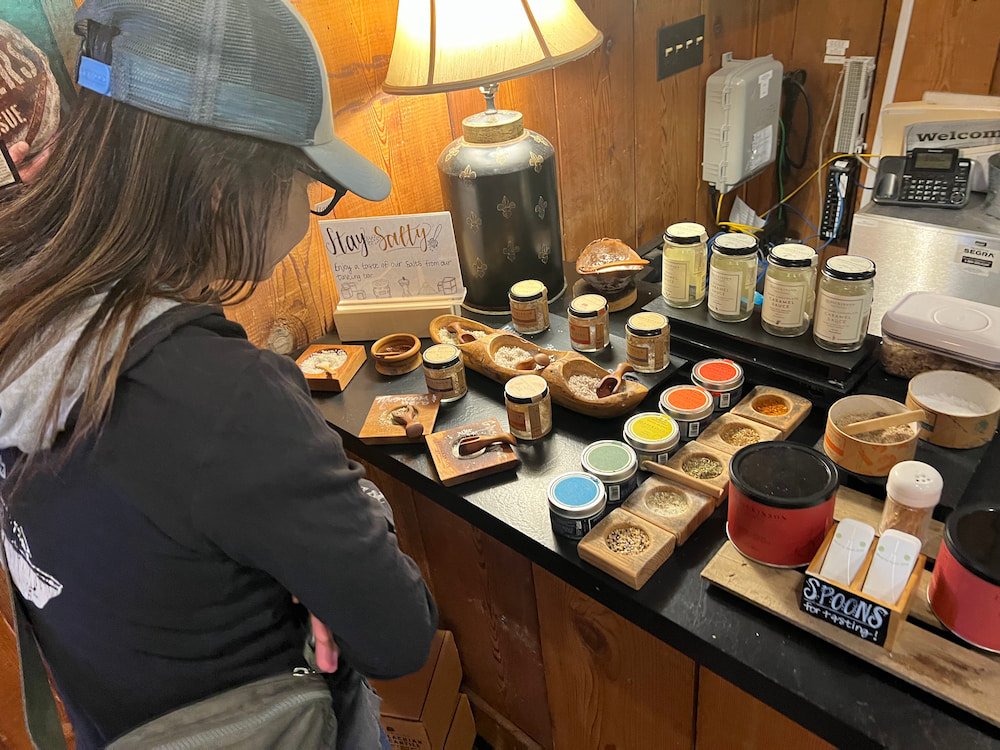
J.Q. Dickinson Salt-Works closed in the 1930s as one of the last salt-makers, but the family decided to reopen it in 2013, reviving the company's traditions. We went on a tour that cost $5 (there's also an $18 option where you can create your own salt and take it with you), which ended up being a private tour, with Megan, one of the workers there who showed and explained a lot about the process in detail. We started by seeing the well where the brine is obtained from underground to tanks for about a week. From here, we saw where the brine was pumped out into evaporation beds in a greenhouse to dry out, and into a crystallization bed afterwards where big salt granules are formed (they look so pretty, like lovely snowflakes!). The salt also produces nigari, a very mineral-rich liquid that's collected and sold separately; it can be added to water to provide extra mineral for drinking, or for making tofu!
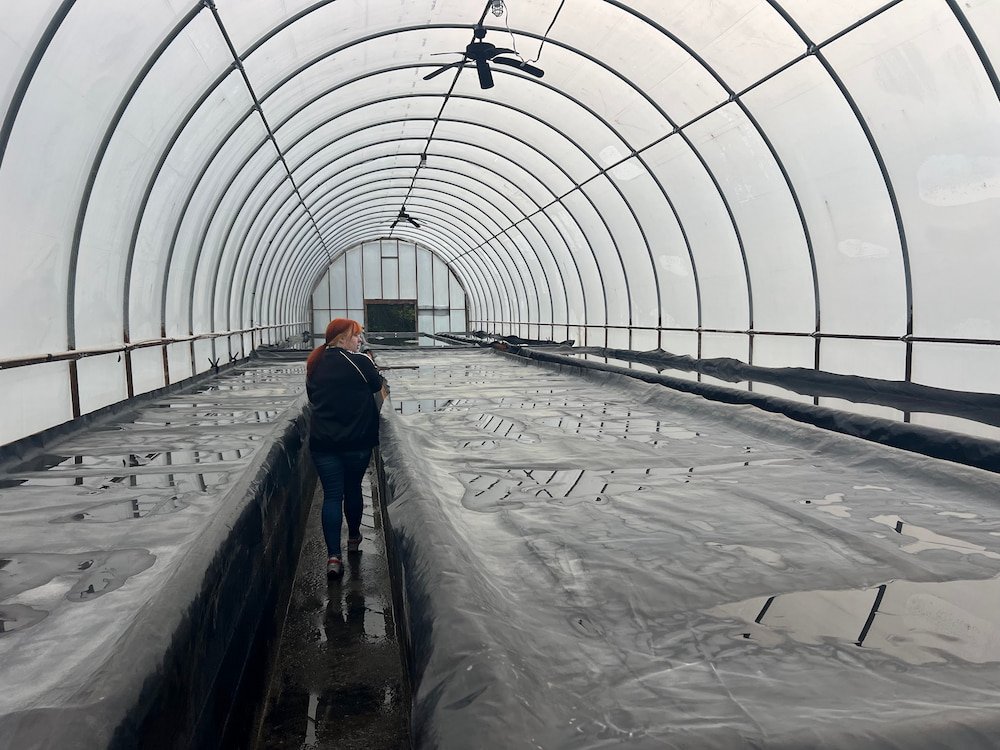
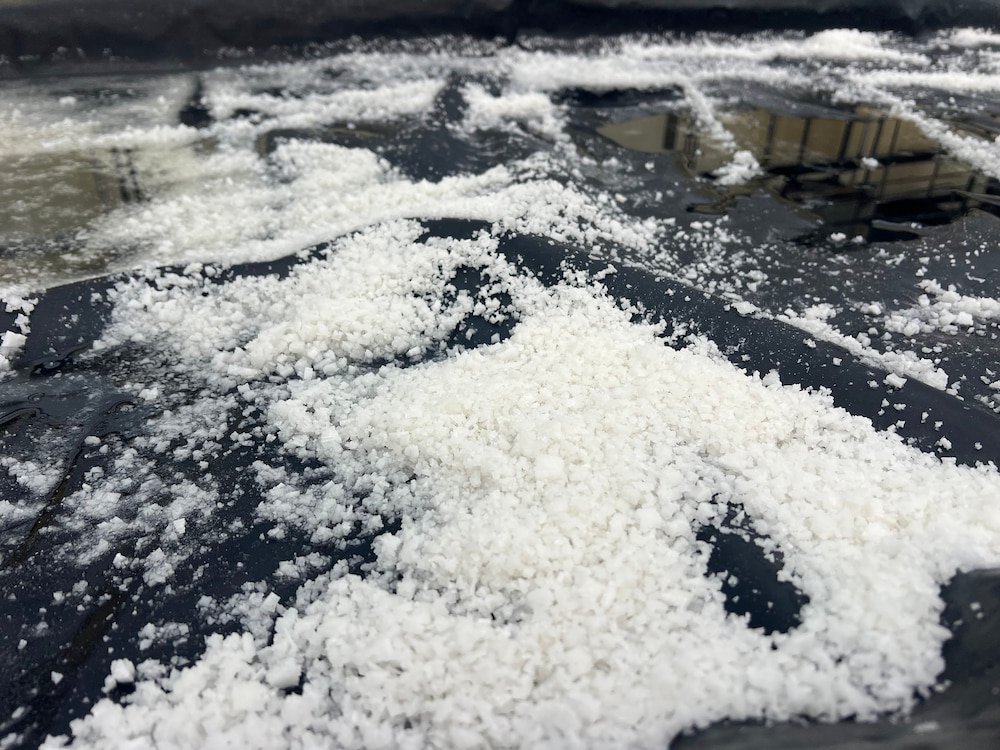
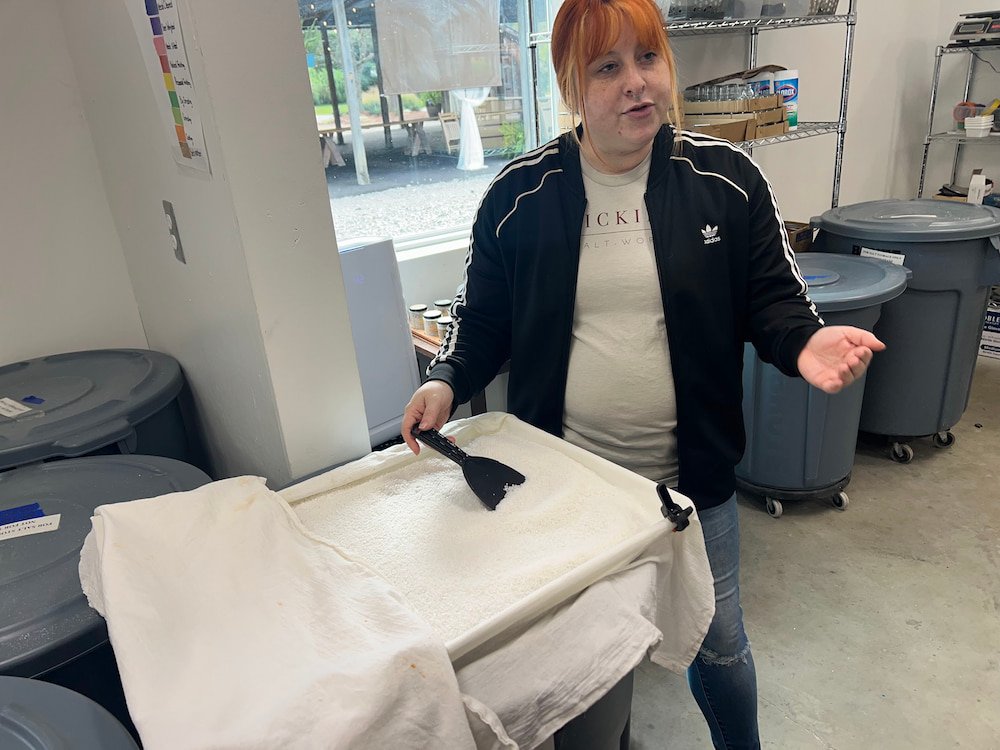
It was really cool to see the entire process, and at the end of the tour we arrived back at the gift shop, where we got to try various salt products, including the salt that comes straight from the ground that's a dark red color because of the rich iron, various salt granules (including finishing salt to table salt sizes), different seasoning salts (the ranch flavored one was our favorite), as well as sweet/salty caramel sauces in flavors including dark chocolate, salted caramel and bourbon. The bourbon one was our favorite, so we ended up buying a couple of these as gifts. There are other local gourmet and artisan products in the store too, including local maple syrups, candles, and wooden kitchen items. It was a fun and educational tour, and it's wonderful that these traditions are continuing to live on for people to see and enjoy.
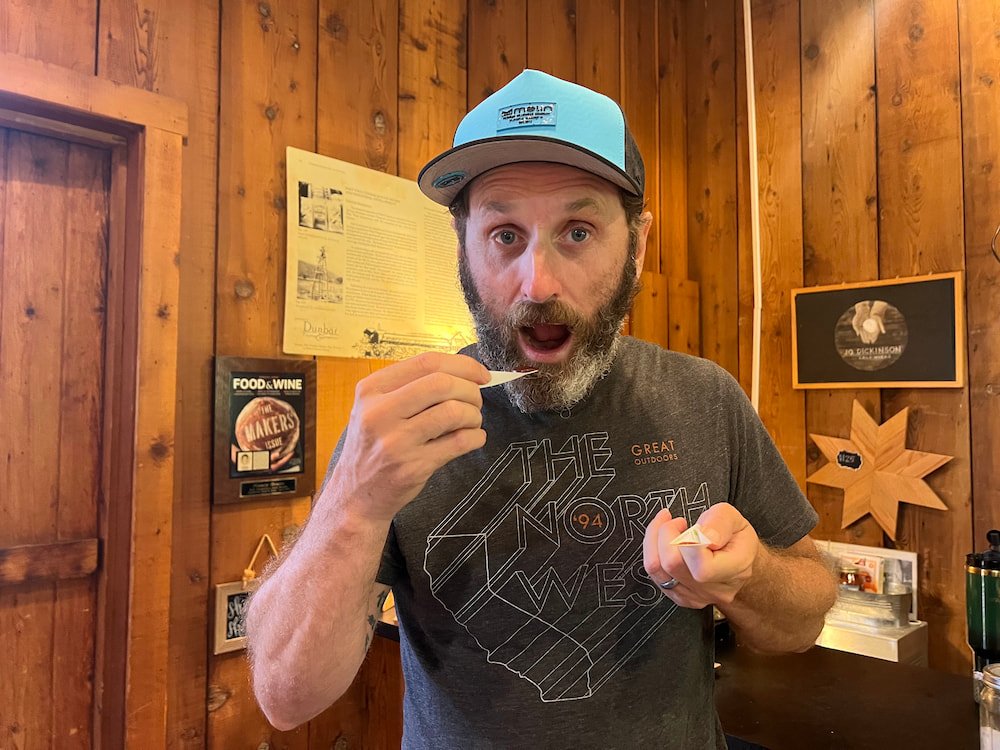
Downtown Charleston
Heading back downtown, we saw the Capitol Building, with its usual domed roof (this one is golden, and is apparently larger than the one in Washington DC). We spent the majority of our time downtown at the West Virginia State Museum, a free admission museum that details every aspect of West Virginia history, culture, art, paleontology, archaeology and geology. It was first opened in 1894, and has about 26 different rooms, starting from the fossils in the first room that begin the chronological history of the region, to more modern history including rooms dedicated to the West Virginia men and women who fought in major world wars, and folks who contributed to local arts and crafts.
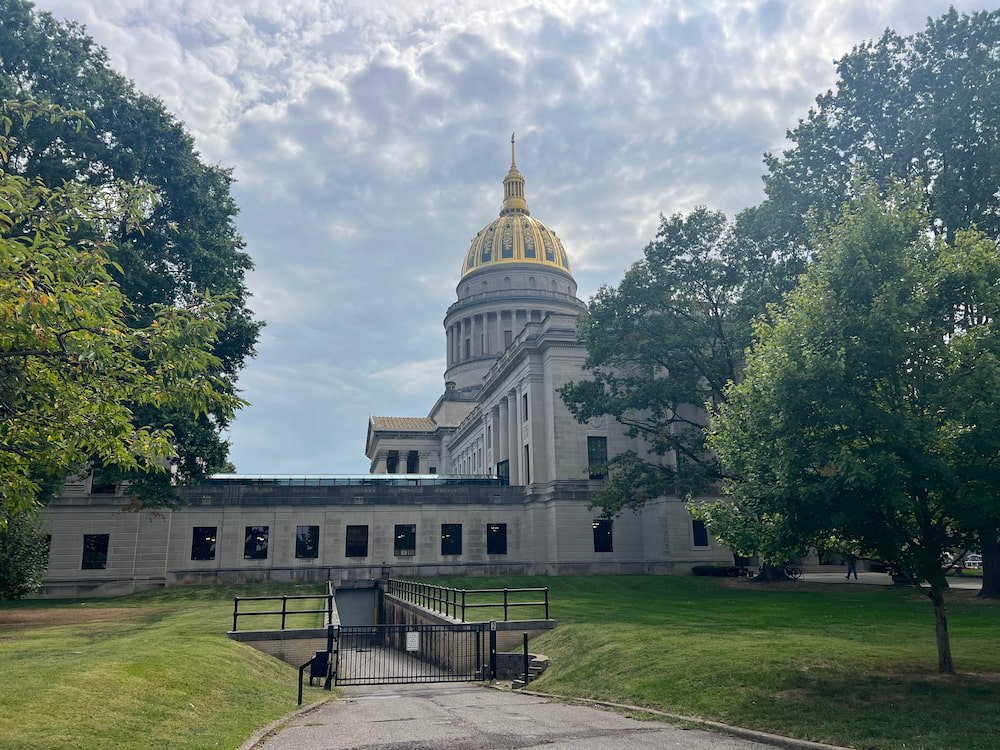
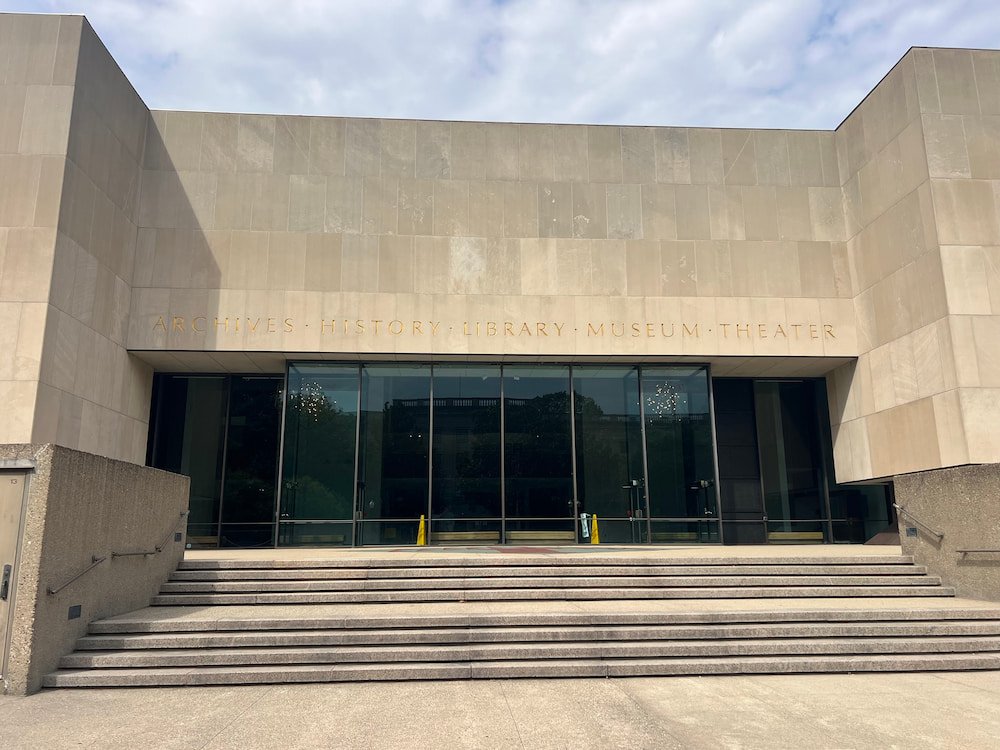
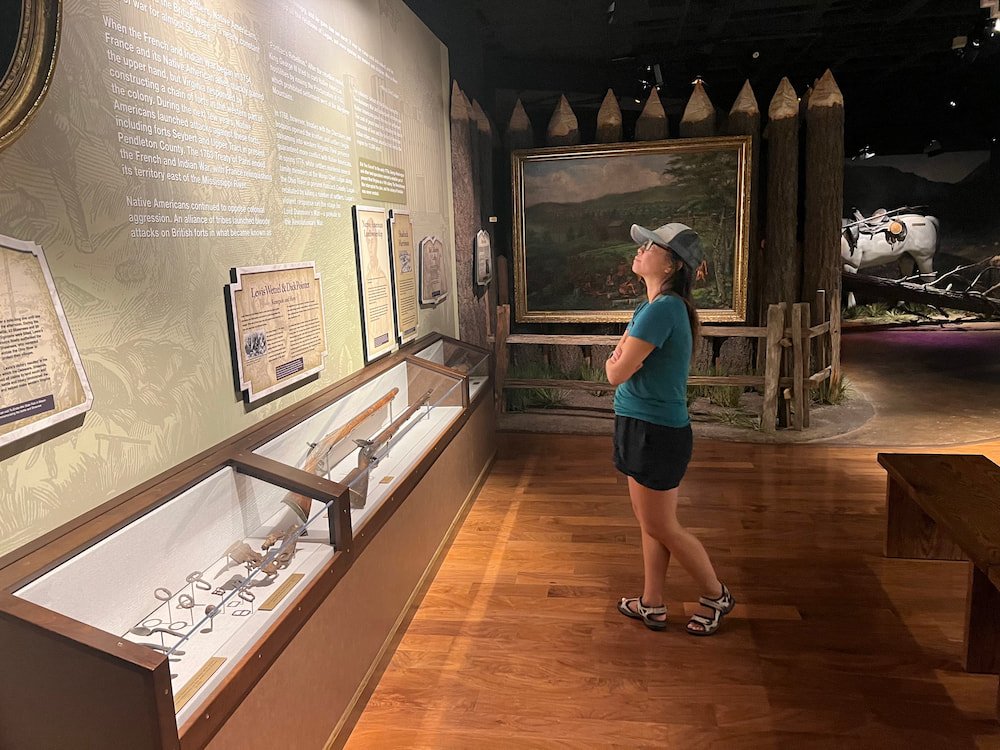
There was a lot of focus on the early European settlers who arrived in West Virginia; information on how West Virginia was formed when it seceded from the Confederate-aligned state of Virginia during the U.S. Civil War; the industries that have defined West Virginia, (including bottling, coal mining, and chemical manufacturing); and the folk heritage that's formed the Appalachian folk music tradition, including different styles of fiddling. It's a fantastic museum to delve into a state's history!
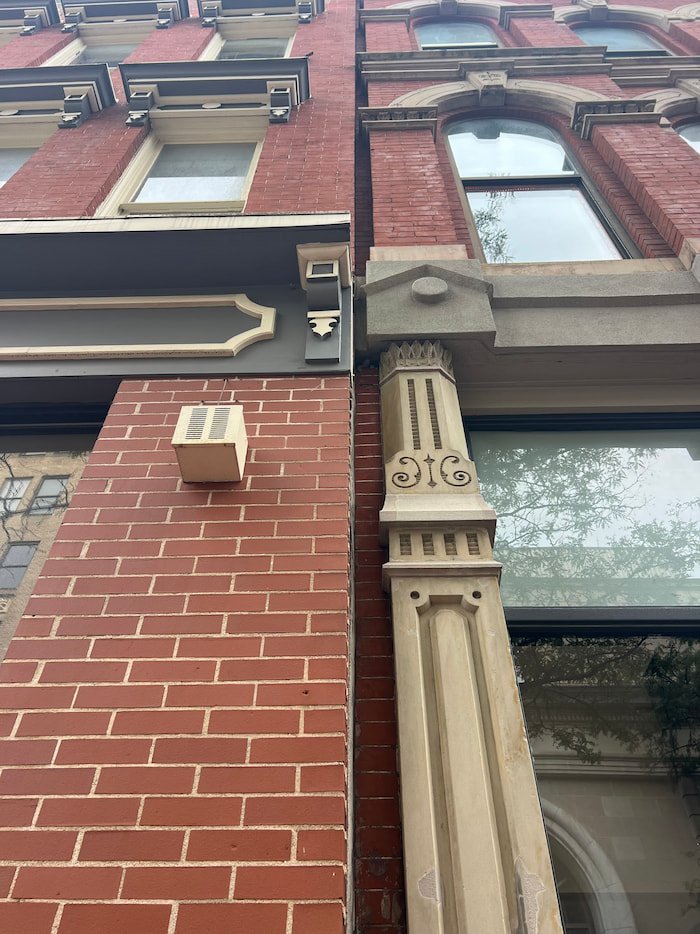
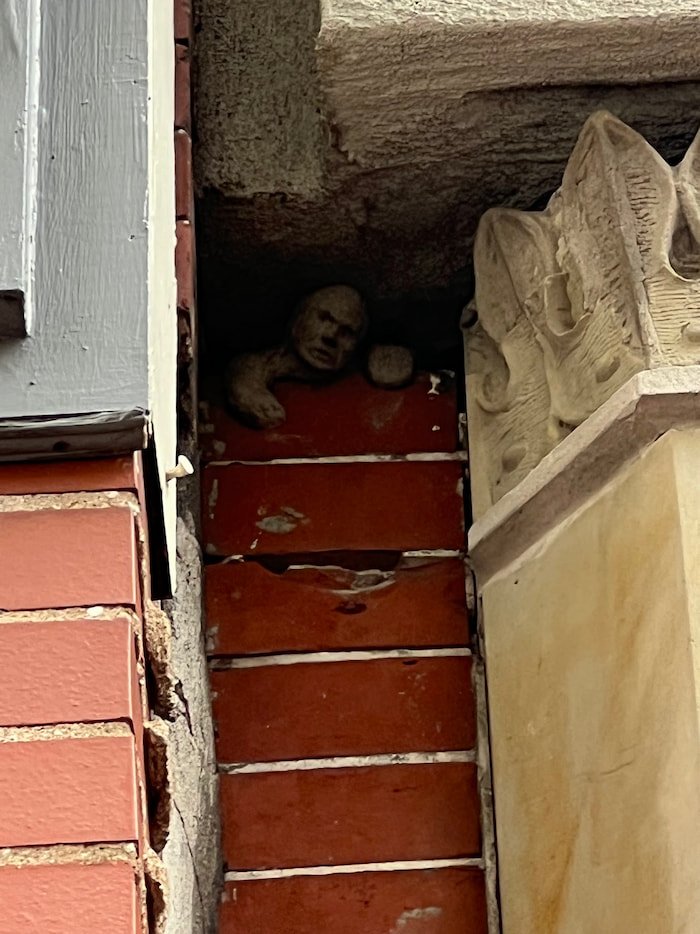
Leaving the museum, we we drove to the Gates Building on Capitol Street. Unless you knew that it was here, you'd miss its main attraction: "Mortar Man," apparently the smallest piece of public art in the city, of a tiny man tucked high above us in a niche above some bricks, next to the top of a pillar. It's so quirky and definitely random!
The Legend of Mothman
When we were at J.Q. Dickinson Salt-Works, Nancy, the owner of the company who we briefly met, mentioned we could check out Mothman on the way to Ohio in the town of Point Pleasant, apparently an attraction that was "very West Virginia." The legend of Mothman started in 1966, when two couples were driving near the abandoned National Guard Armory building and power plant and saw a menacing figure standing six to seven feet tall, with bright red eyes. As they drove away, the creature flew after their car, making a screeching sound, and pursuing them until the Point Pleasant city limits.
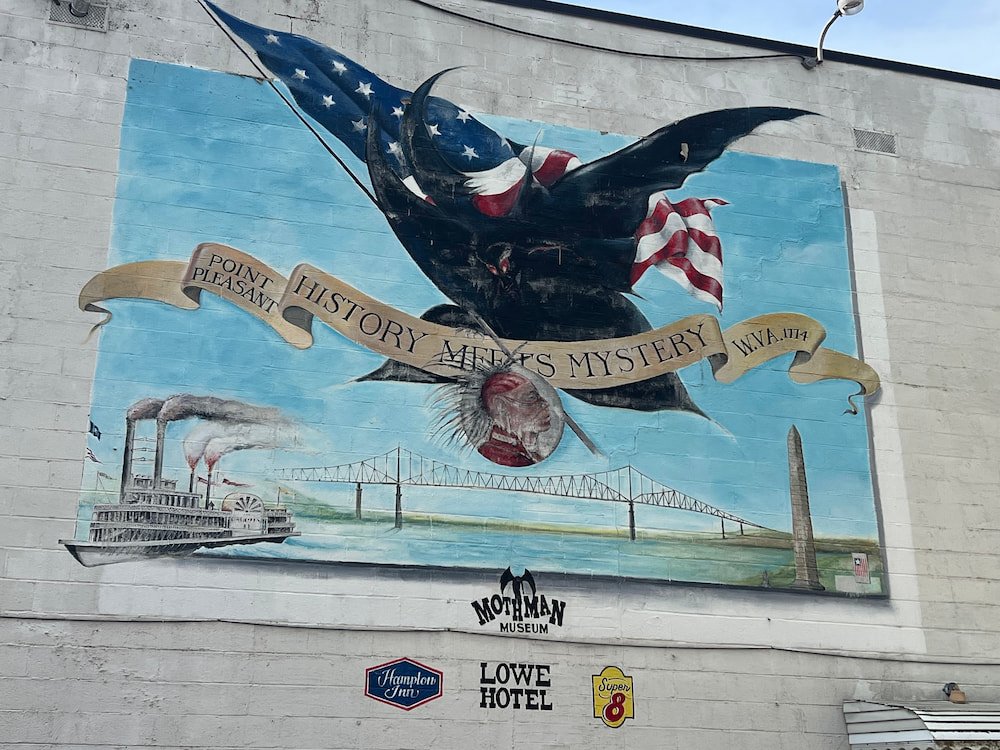
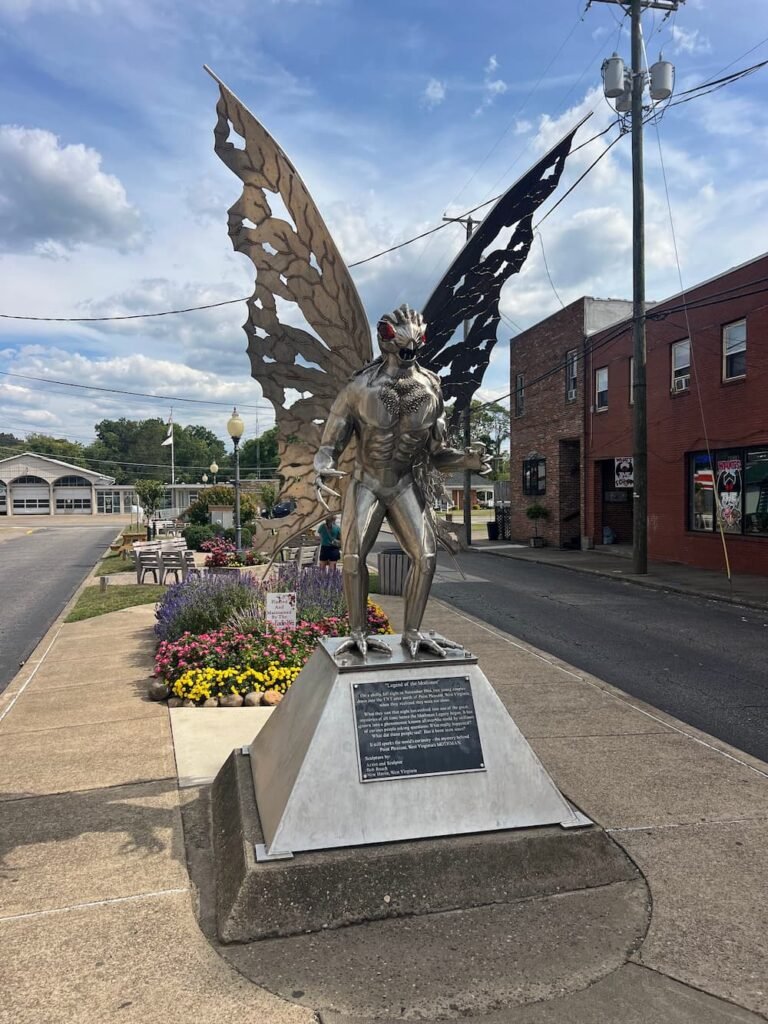
Over the next few days, more people reported sightings, which intensified, and after the Silver Bridge collapsed in 1967, killing 46 people, it was believed that Mothman was connected to this disaster. Today, Mothman continues to be a legend, with a statue, a museum (with an escape room--from Mothman, undoubtedly!), and even an annual festival in Point Pleasant. We didn't go into the museum, but it was certainly a fascinating experience to see all the Mothman signs and merchandise in this little town.
Oh Hi, Ohio!
We wrapped up our time in West Virginia, crossing back into Ohio (we were here earlier, visiting Cincinnati with our friend Martynas). We'll be visiting Columbus and other towns along the way, before heading to the state of Pennsylvania and then zigzagging back into Ohio a third time to check out Cleveland. We stayed at a Love's Travel Stop and it was probably one of the nicest Love's we've been to, with clean restrooms, and lots of staff working to make the place nice: there was a guy power-washing the parking lot when we arrived, the cashiers greeted us when we entered the store, and there were a couple of guys emptying the doggy bin at the dog park the next morning.
We had to be a bit discreet with parking though, as this Love's had a few spots for RVs to pay (with hookups), whereas we just needed a parking space. Fortunately our evening was rather uneventful, and we even got a surprise FaceTime call from our friend Kait, who we'll be seeing in about a months' time when we head over to Maryland!

We are in Washington courthouse, Ohio if you would like a free parking site for the night! We met you all in the Bad Lands, SD.
Oh Michelle I’m so bummed as we are behind on our blog and would have loved to catch up but we’re on the East Coast now. We did go to Jungle Jim’s (twice) thanks to your suggestion. What a crazy place!